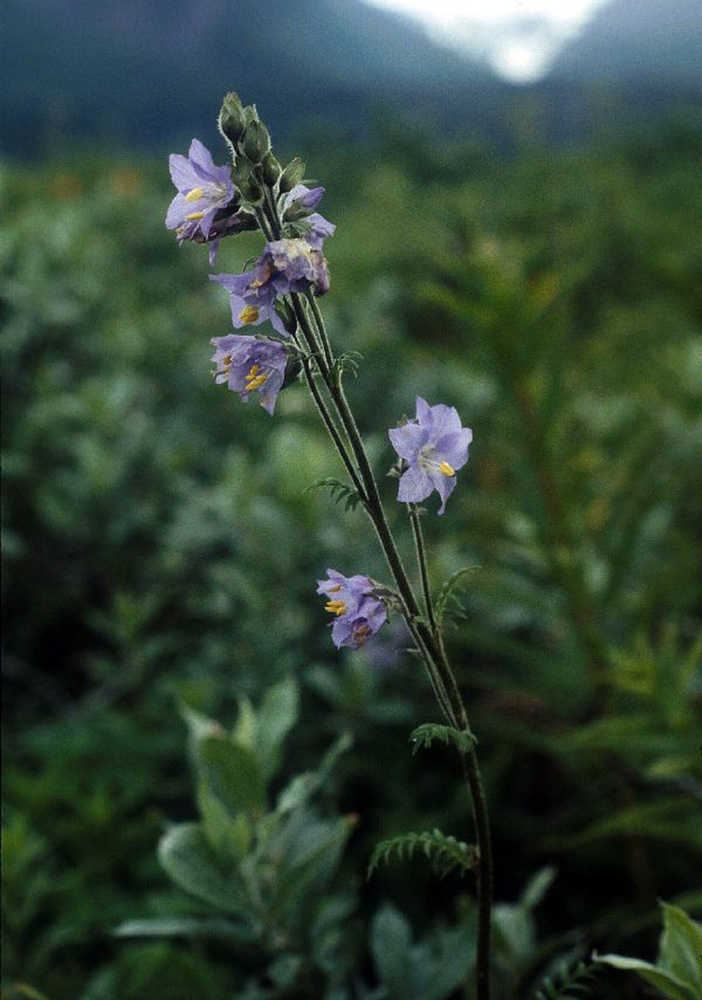Many of us are engaged this week in the annual spring sport of watching the birch trees begin to leaf out, and anticipating early spring-blooming wildflowers. Golden-green sprigs have already appeared on willows in the form of catkins, the slim cylindrical insect-pollinated flower stalks, and in shoots of grasses, and the first tiny unfurling wildflower leaves.
On a warm sunny day, one can almost watch the leaves expand from their very first golden tips to the wide green leaves of summer. Robert Frost’s poem, “Nothing Gold Can Stay,” captures this fleeting nature of early springtime: “Nature’s first green is gold, Her hardest hue to hold. Her early leafs a flower; But only so an hour.”
The study and methods of phenology, or the timing of plant and animal life cycle events, has changed in the past few decades, gaining relevance with understanding climate change. Satellite data is now used to monitor leaf-out (or green-up) timing over larger landscapes than previously possible. Leaf-out date has implications for carbon cycles, water availability, and wood production.
Tracking leaf-out dates helps recognize changes over time, but understanding why some trees leaf out first, and others take longer — or why some flowers only bloom for a few days in the early spring, while others bloom much later, or all summer long — remains a fascinating botanical mystery. Temperature, daylight, microclimate, and the past several seasons’ overall weather trends all contribute to each plant’s seasonal progress.
Some plants, like the quaking aspen, tend to leaf out all at once at the same time in a large area, as they are often giant genetic clones cued to the same changes in temperature and light. Birch tends to be more variable, leafing out in smaller stands, sometimes varying from hillside to hillside.
For wildflowers on our Kenai Peninsula, producing flowers, fruits, and seeds can be quite a chore. Plants devote lots of resources and energy to grow these specialized parts in a limited growing season, and will synchronize their efforts with the time of year when conditions are optimal for reproductive success and survival.
A basic floral refresher reminds us that annuals are plants that grow from seeds and complete their entire life cycle in one year. Annuals need to grow leaves and stems before they flower, so they won’t flower until mid-summer or later. There are very few examples of true Alaskan wildflower annuals, as the climate is too harsh to allow this type of lifecycle. Many favorite garden plants are annuals, such as cosmos, lobelia, and nasturtium.
Biennials can be confusing as they require two full years to complete their growth cycle. The first year they develop foliage but no flowers; the second year, they flower and produce seed. One Kenai Peninsula example is Scotch harebells (Campanula species), common to warm dry slopes with their large purple bell-like flowers and slim dark green foliage.
Perennial plants grow back each year and have evolved many different flowering strategies to avoid competing for the same resources at the same time. Many local species flower in mid- to late summer, accumulating resources part of the growing season. Local perennials include yarrow, monkshood, and our beloved and ubiquitous fireweed.
Early spring wildflowers — just appearing now around the lower elevations of the Kenai Peninsula — store energy in underground roots or stems, allowing them to flower early and quickly. One of the first wildflowers to appear in sunny, exposed places is Jacob’s ladder, a member of the phlox family. This perennial has showy, loose clusters of blue-violet bell-like flowers with protruding stamens that extend up above the mass of densely packed leaf stems. The “ladder” portion of its name refers to the well-separated, parallel, ladder-like arrangement of the leaflets. In the Book of Genesis, these are said to rise along the stem like the ladder of the Biblical dream of Jacob during his flight from his brother Esau.
The scientific name, Polemonium, comes from the Greek polemonion, a medicinal plant associated with both the philosopher Polemos of Cappadocia and King Polemon of Pontus in ancient Greece. The Greek word polemos means war, which is why Pliny the Elder, a Roman scholar, attributed the name to the war created by two kings who both claimed to be the first to discover the plant’s medicinal virtues.
A Native American name for Jacob’s ladder translates to “smells like a pine,” which describes the scent of the root. Native Americans used this plant to make a head and hair wash, and used the roots to induce vomiting and treat skin diseases. In Europe, Jacob’s ladder was grown in gardens for centuries because it its recognized medicinal values. Cats are said to be fond of this plant’s smell, often rolling on it and injuring it in gardens.
One of the more common species on the Kenai Peninsula is P. pulcherrimum, which means “most handsome” — a fitting name as this lovely flower produces masses of bright purple blooms with an enticing scent. You can spot this beauty this week, blooming along the warm and rocky north roadsides of the Sterling Highway in Cooper Landing.
Just as the snowless winter is receding from our memory, soon the early spring days will fade into our typical riot of lush green summer foliage, sprinkled with various colors of wildflowers all season long. Take a moment this spring to appreciate the ephemeral golden beauty of nature’s first green.
Dr. Elizabeth Bella is the vegetation ecologist at the Kenai National Wildlife Refuge. Find more information at http://www.fws.gov/refuge/kenai/ or http://www.facebook.com/kenainationalwildliferefuge.

